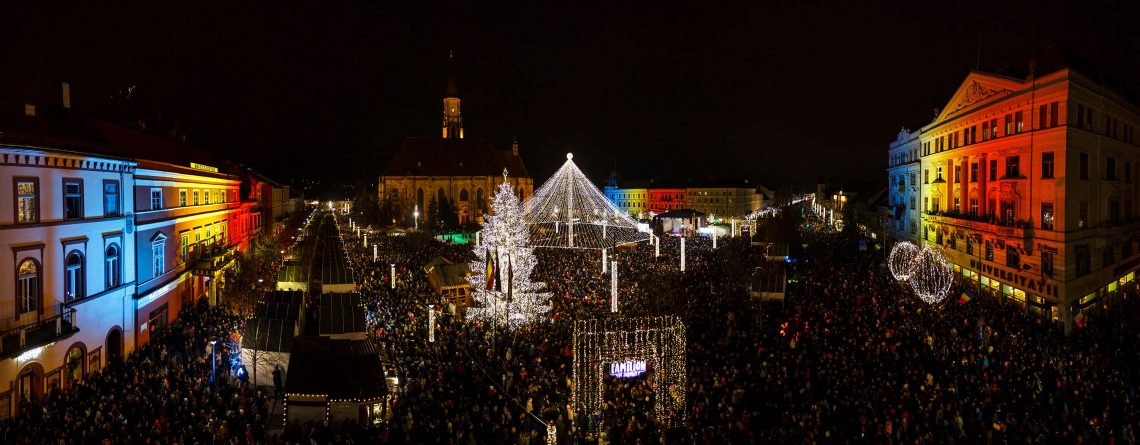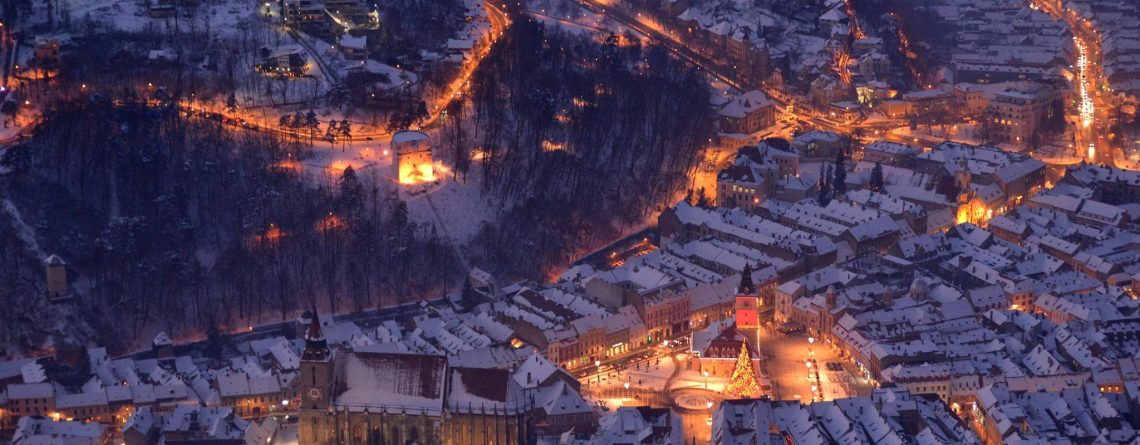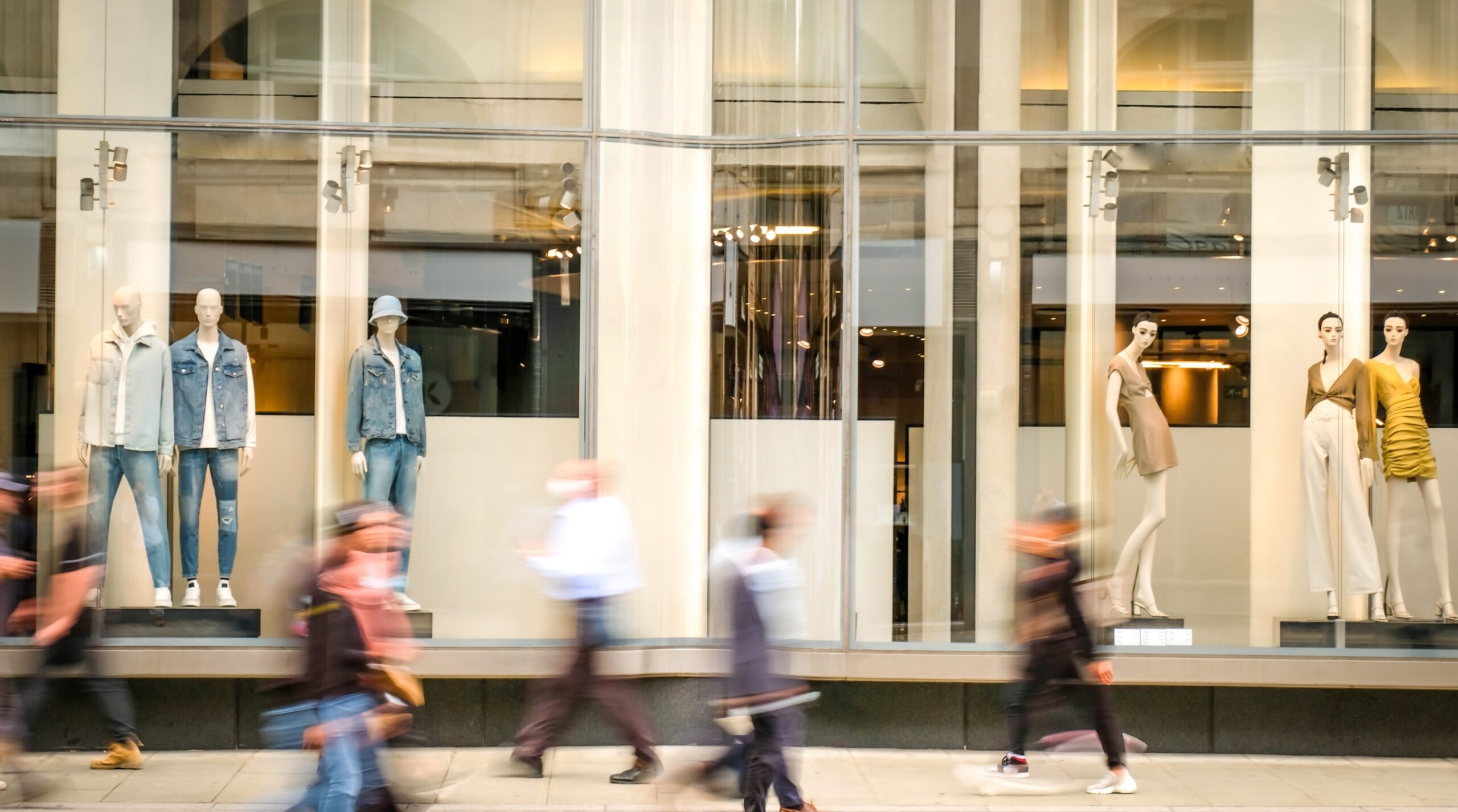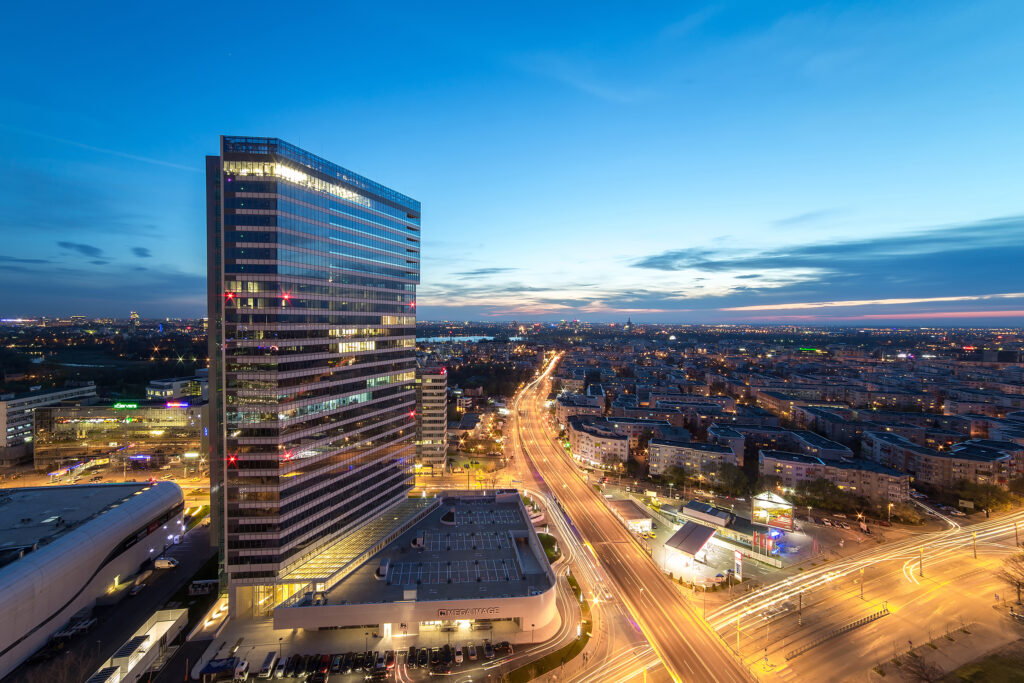WAYPOINT 2025





There is a direct correlation between the evolution of the number of tourists and the ability of cities to attract new employees, given that companies do not necessarily consider what city they choose for an investment, but what city can attract more employees in order to meet their development plans.
As a consequence, tourist cities, especially those appreciated by young people for a vacation or a city break, enjoy a significant advantage both in terms of attracting employees and generating new investments.
The most visited cities in Europe – London and Paris – are also ranked first and second in terms of the modern office stock, which represents a benchmark in assessing a city’s economic activity. London has a modern office stock of over 24 million square meters and attracted more than 18.5 million foreign tourists in 2015, according to a report by Euromonitor International. Paris, with an office stock of more than 20 million square meters, is the second most visited tourist destination in Europe, with 15 million foreign tourists in 2015.
When it comes to Romania, the most visited cities in 2016 were Bucharest, Brasov, Constanta, Cluj-Napoca and Sibiu, followed by Timisoara, Iasi, Oradea, Targu Mures and Arad. In total, those ten cities attracted almost 5 million visitors, out of a total of 11 million tourists registered in the country by the Romanian Institute of Statistics. Moreover, with the number of business and leisure tourists on the rise and a considerable increase of the air travel, the business environment is growing and rumors that Bucharest and Cluj are „cool” weekend destinations are spreading to more and more directions.
Romania is currently one of the preferred destinations of multinational companies looking for new markets for expanding and streamlining operations, having significant poles of well-trained employees and growing tourist activities in Bucharest, Timisoara, Iasi and Brasov. In addition to this, new business centers started to emerge in secondary cities such as Sibiu, Oradea or Targu Mures.
The modern office stock in Romania consists of around 3.5 million square meters, being expected to reach 4 million square meters next year, out of which nearly 3 million square meters will be in Bucharest.
In some ways, the quality of life in these cities has improved significantly in recent years. Wages and purchasing power have grown considerably, as people have access to more and more varied stores and restaurants of different price categories. Furthermore, most city parks were refurbished, while the calendar of cultural events is getting busier both during the weekend and also during the week.
The air traffic boom has connected the most important Romanian cities with dozens of attractive destinations in Europe who are now reachable via two or three-hour flights at reasonable prices (often low cost) thus opening the gates to different, yet similar, cultures, while also encouraging migration.
On the other hand, the big cities of Romania are getting suffocated each day due to the underdeveloped infrastructure and the inefficiency of public transport. For example, trying to park at noon in the central area of Cluj-Napoca can be quite an adventure as you may twist and turn for even half an hour between the few parking lots with no chance to find a place, due to the fact that large queues are forming at the entrance barriers.
In Bucharest, the average speed at rush hours, on streets such as Gara Herastrau, Floreasca or Barbu Vacarescu, is around 3-4 km / h, while the metro is over-crowded and the over-ground public transport means are struggling to make their way in the traffic as a result of the poor infrastructure, thus being unable to follow their operating schedules.
All this comes at a cost, considering that time is said to be the most important resource. “People abroad are more relaxed than in Bucharest,” said a Romanian executive, who worked abroad for many years, while jogging in Herastrau.
It would be irresponsible and counterproductive to put the blame of the infrastructure issues solely on the local or central authorities because, on the one hand, their speed of reaction and execution is slow and, on the other hand, certain tools are also in the hands of private investors. Less land loading in crowded areas, proper sizing of parking spaces, changing rooms with showers to encourage the use of bicycles and trotters, as well as a higher flexibility in terms of program hours or in terms of the existing activity venues (office / cafe / house / co-working spaces) can improve the current situation or at least stop its degradation.
Christopher Choa, a New York-born Yale graduate, with a master’s degree in Harvard, who lives in London, stated five years ago during a visit to Bucharest that “there is no such thing as a completed city. They even say that New York will be a very beautiful city when it is going to be completed. But nobody comes to a city for buildings, roads, or parks. They can be a tool, a hook. People are attracted to people, and this can be seen at a restaurant: when you look at a full restaurant and at an empty one, which one do you choose? The full one, of course, because the people who are present in that restaurant credit that place. It goes the same with cities.”
In other words, the large number of inhabitants in Bucharest, Timisoara, Cluj or Iasi attracts other people. But if the inhabitants of these cities had a better quality of life, where the energies are consumed for more important tasks than the shift from point A to point B, they could attract even more people to balance the deficit currently felt by the majority of employers.
Research Consultant C&W Echinox
Cristi Moga joined C&W Echinox in October 2015, after a 10 years career as a real estate journalist for Ziarul Financiar, the most prestigious business newspaper in Romania. As a journalist, Cristi published more than 5,000 articles (news, analysis and interviews) about real estate. Since he joined C&W, Cristi focused on research and analysis in retail, residential and office segments.






